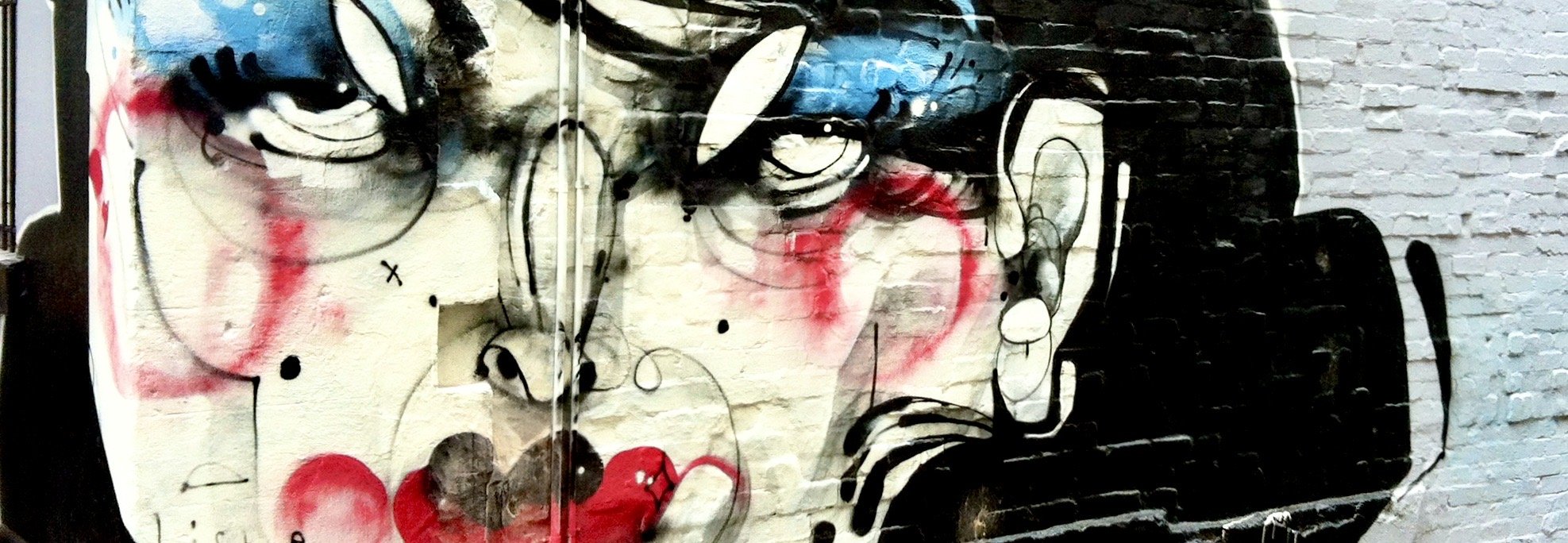Igniting civic passion and creativity
Traditionally, cities have been the founts of human creativity. Think Damascus, Athens, Florence, Venice, London. But as modern city life becomes more demanding, as more and more of us become oppressed by the drudgery of economic survival, our capacity for creativity is depleted. Our lives, and our cities, get harder. What can be done? How can we make our cities more humane, more vibrant, more creative and more fun?
We believe that the community contains vast untapped reservoirs of wisdom and talent. Not only must the city provide a nourishing environment to enable that talent to flourish, but accessing that talent is the best way to improve the quality of city as habitat. This creates a feedback loop: citizens who engage in city-making improve the city, feel better about it, just for being involved and can live and work more creatively. Win win win.
There’s a mental flip that has to happen, from seeing our cities, homes and selves as economic cogs, to designing city as habitat. In a habitat-city, economics are still important. Of course they are. But they’re not everything. Developers are not the only ones making buildings. People themselves collaborate in the design and making of their neighbourhoods. Well, wouldn’t THAT be fun!
We propose to access this creativity not by the same-old “consultation” processes, which seldom affect market-determined outcomes, and end up wasting everyone’s time, leaving community potential untapped. The Citizen Jury is radically different. Based on random selection of citizens, it dilutes the squeaky-wheels with old-school common sense then deploys this in forming a citizen-led neighbourhood brief, shaping the design outcome from the beginning of the process, not the end.
Cities that encourage this kind of thinking benefit in countless ways – resilient communities, vibrant streets, more creativity and livelier economies.
Consider Vienna, where high quality public and subsidised housing is the long-standing norm. Using a 1% levy, the City of Vienna owns, co-owns or manages fully half of the city’s housing, with a focus on quality design that is often citizen-led. Largely as a result, Vienna is now considered the world’s most liveable city. Maria Vassilakou, Vienna’s former deputy Mayor, says the key to success is to provide high quality collaborative and subsidised housing for all, including the middle classes. Building entire urban quarters, complete with schools, pools, libraries, green spaces, street trees and quality public transport, the City makes land available at below-market cost. Just as importantly, it does not evict people if their income grows – as is the case in NSW – but keeps the community intact.
The German Baugruppen model relies similarly on Council subsidy to keep land costs low, enabling a co-operative approach to multi-unit dwelling design and building in cities like Hamburg, Freibourg and Berlin – and Australia’s first Baugruppe project in Perth. Not surprisingly, German Baugruppen discovered that taking the developer out of the equation reduces dwelling costs by 40%!
Other models, like Decide Madrid, have good intentions of enabling the public to vote on planning issues. Too often, though, they fall foul of the ‘squeaky-wheel’ syndrome, and end up calling in Sydney’s own New Democracy Foundation to help. In Fremantle, meanwhile, ‘the Freo alternative – big thinking about small housing’ saw the City of Fremantle collaborating with Creating Communities to densify the town in a way that people could happily welcome.
Our cities are densifying – and in most ways this is a good thing. But how to ensure that density is done well? How to ensure that it provides the diversity, clean air, shaded streets, walkability, creative opportunities and affordable housing we all crave? Ask the people!
Tapping community creativity in a genuine way enriches the design, creates more loveable neighbourhoods, builds connected and resilient communities, improves fairness and takes the politics out of planning. What’s not to like?

